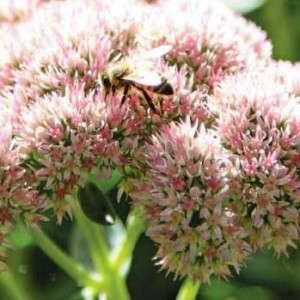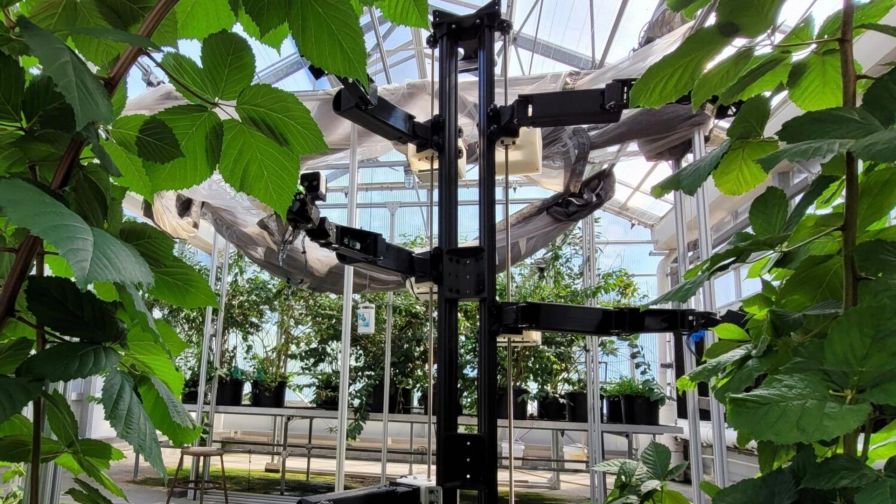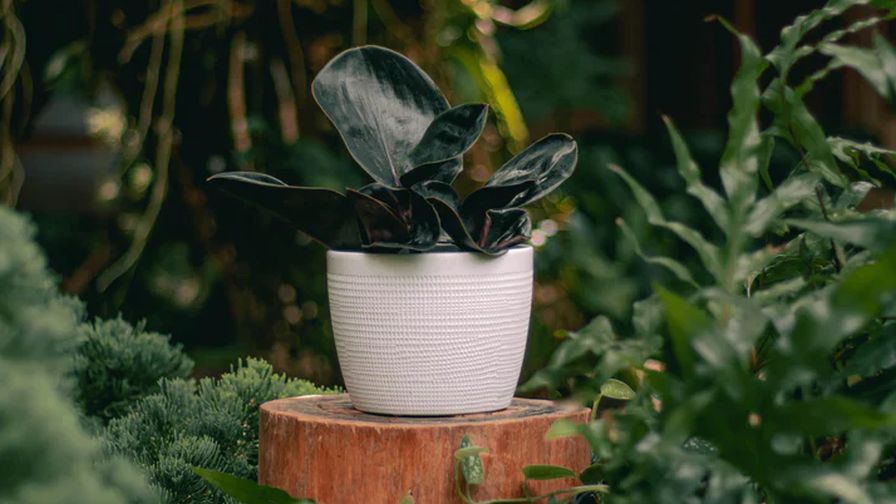4 Key Pollinator Research Projects To Be Funded By Horticultural Research Institute
 The Horticultural Research Institute will grant $125,000 in financial support for four key projects as part of the industry’s Bee & Pollinator Stewardship Initiative.
The Horticultural Research Institute will grant $125,000 in financial support for four key projects as part of the industry’s Bee & Pollinator Stewardship Initiative.
The funding covers a variety of projects, some short-term and some long-term, and will help move the industry along in a positive direction to provide science-based information about pollinators and their interaction with ornamental crops, says the Society of American Florists’ (SAF) Senior Director of Government Relations Lin Schmale.
Joe Bischoff, Regulatory & Legislative Affairs director for AmericanHort, says the EPA provided input on the projects, as well, which “carried some sway and helped us make decisions.”
In 2014, the Horticultural Research Institute collaborated with AmericanHort, SAF and the American Floral Endowment (AFE) to establish the Bee & Pollinator Stewardship Initiative with three primary goals:
- To convene a task force to develop a bee and pollinator stewardship program, including creation of best management practices for plant production.
- To identify and fund research that will help answer key science questions and fill gaps needed to design and refine the stewardship program.
- To seek to positively position the horticultural community and its customers by collaborating with other compatible groups interested in augmenting pollinator habitat and protection.
“The Pollinator Stewardship Initiative is of critical importance in developing a singular, comprehensive response to concerns about our industry’s impact on pollinator health,” says John Coulter, president of the Horticultural Research Institute. “The Initiative’s focus on research is a key component in establishing clearer understanding of horticulture’s impact on pollinators.”
Michael V. Geary, AmericanHort president and CEO, agrees.
“The research selected for funding represents work that can best refine the horticulture community’s pollinator practices and advance the industry as beneficial partners in pollinator stewardship efforts,” he says.
Nearly a dozen proposals were submitted in response to the Horticultural Research Institute’s call for pollinator research projects. A panel of scientists and horticultural industry professionals, including AmericanHort and SAF representatives, reviewed each proposal for scientific merit and industry relevance. The review process was bolstered by feedback from the EPA’s Pesticide Re-Evaluation Division, which evaluated the proposals, as well. Consensus was reached among the reviewers and four proposals were identified for funding.
The Horticultural Research Institute will fund the following projects for a total of $125,000.
Residues Of And Rapid Assessment Of Toxicity For Neonicotinoid Insecticides In Pollen And Nectar In Model Plant Systems – $54,000
Significant data gaps related to the concentration of systemic insecticides in nectar or pollen of ornamental plants hampers efforts to assure the public and retail sellers of these plants that growers’ practices result in plants that are safe to bees and other pollinators. Dr. Richard Cowles of the Connecticut Agricultural Experiment Station in Windsor, Conn., aims to conduct pesticide residue analysis in pollen and nectar from treated plants. Using plants commonly used in the landscape, he expects to further develop an understanding of systemic insecticide uptake and potential interactions with nectar and pollen. In turn, this knowledge will further the establishment of best management guidelines for growing plants and protecting pollinators.
Assessing Bee Attractiveness Of Woody Landscape Plants And Mitigating Potential Bee Hazard From Neonicotinoid Insecticides – $26,000
In this project, Dr. Daniel Potter of the University of Kentucky in Lexington, Ky., aims to inform best management practices by which producers and landscape managers can protect plants from pests while mitigating the risk to bees. Additionally, his research has the potential to further support planting recommendations for landscapes that sustain bees throughout the growing season, identify plants that warrant particular caution when using systemic insecticides and highlight plants whose floral characteristics reduce the potential for bees to be impacted by systemic insecticides.
Understanding The Opportunities Present For Bees From Commercial Plant Material – $25,000
This project, led by Dr. Victoria Wojcik from The Pollinator Partnership in San Francisco, Calif., and Dr. Christina Grozinger with Pennsylvania State University in University Park, Pa., addresses the interactions of bees with landscape plants in order to be better informed on which specific cultivars and varieties bees most frequent. This work will help guide some of the treatment protocols for specific plants and help the industry in marketing particular varieties that are most advantageous for pollinators.
Best Management Practices for Growing Bee-Friendly Plants in the Greenhouse – $20,000
Dr. David Smitley from Michigan State University in East Lansing, Mich., will conduct research aimed at developing scientifically based best management strategies for the production of high quality greenhouse-grown plants that are safe to pollinators after they are purchased and planted.
Visit the HRI website for more information about HRI, its grant-funded research or programming, or contact Jennifer Gray at 614-884-1155.










